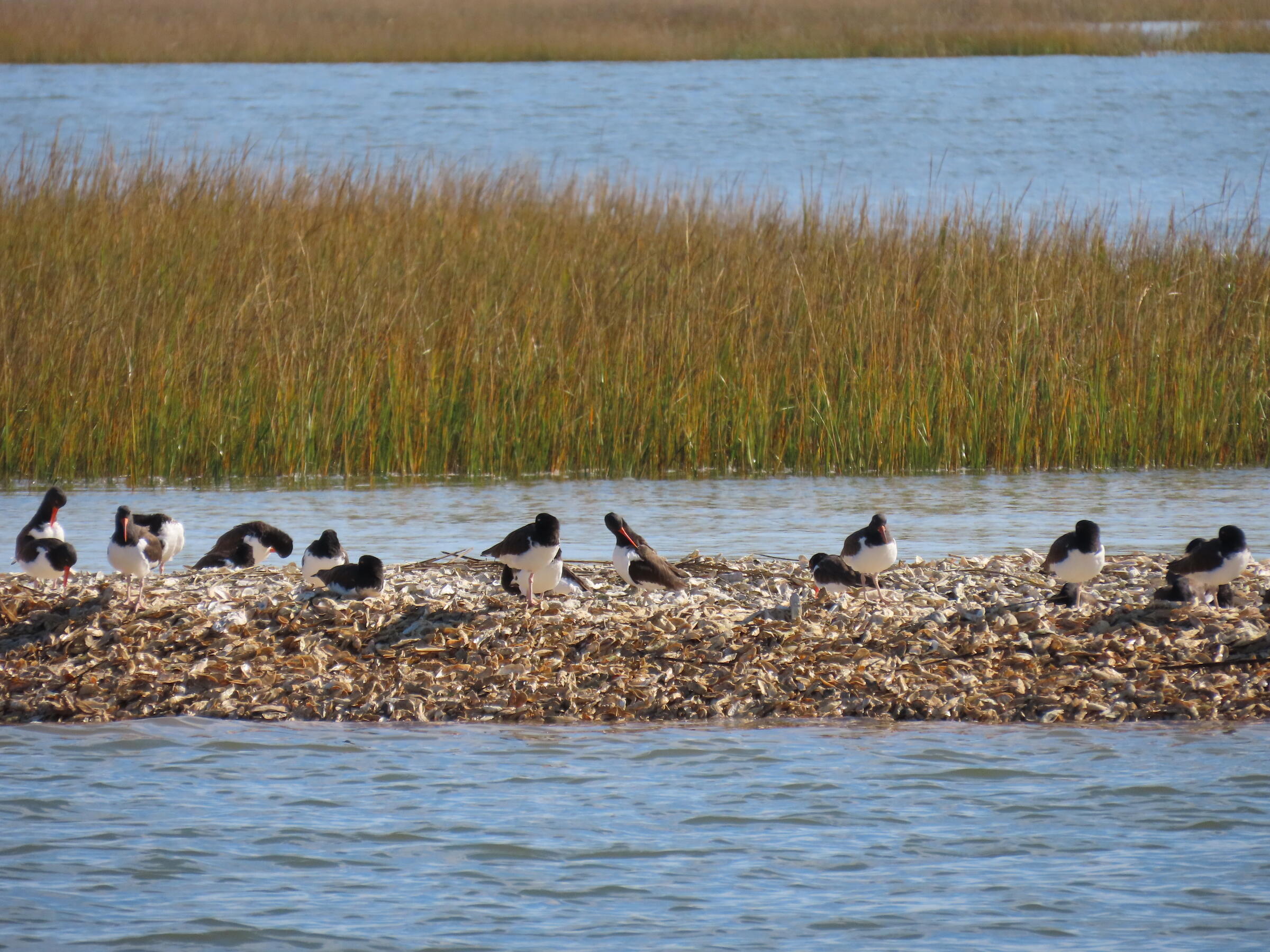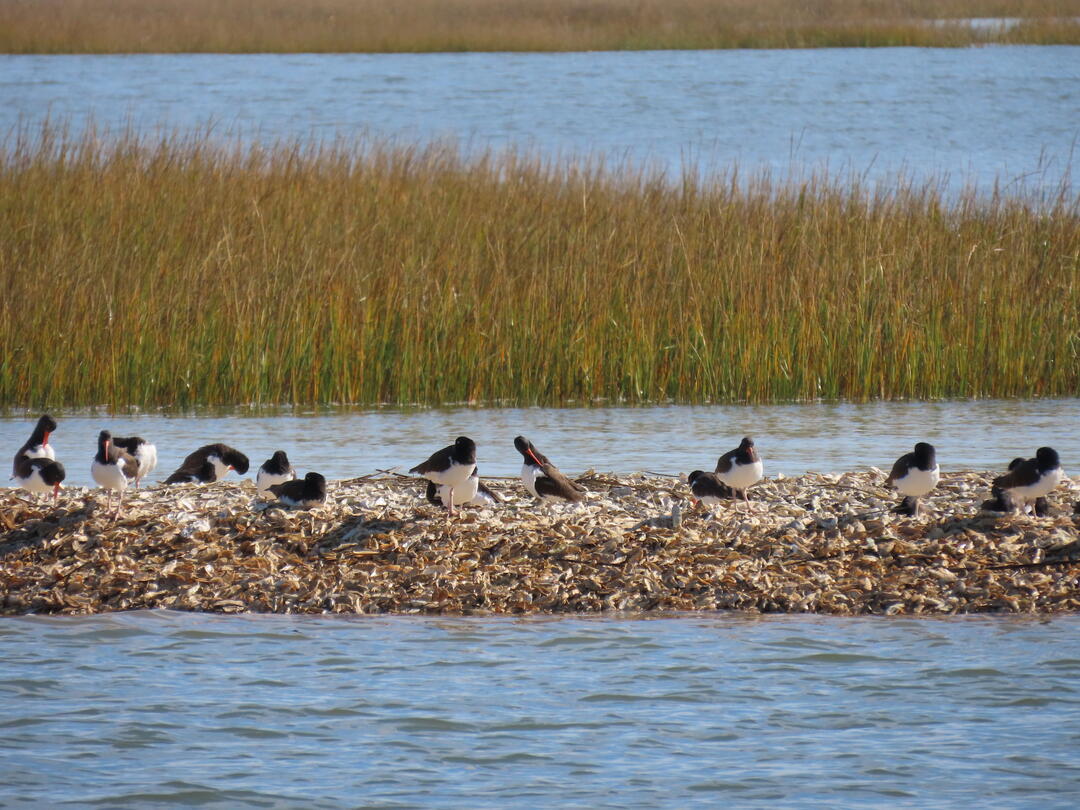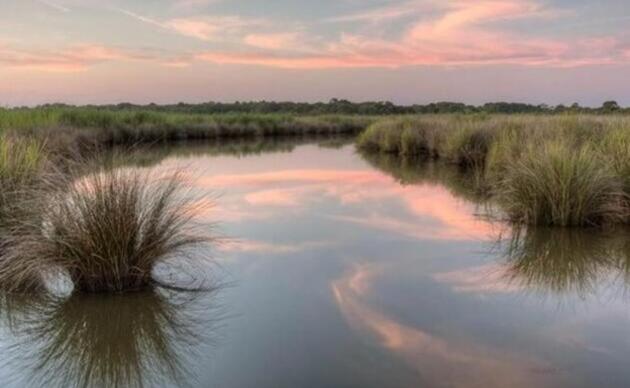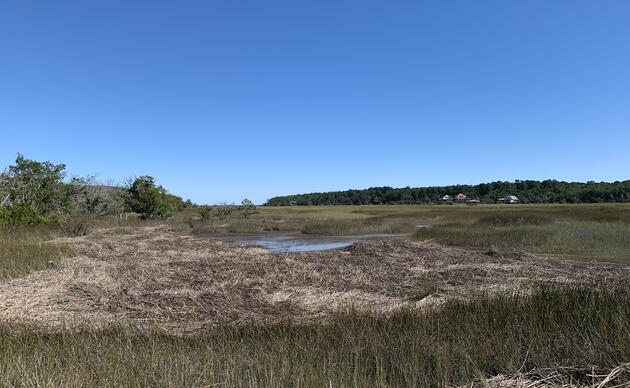As sea levels rise, coastal bird habitat dwindles and frontline communities, such as those around Cape Romain National Wildlife Refuge, face increasing threats from changing conditions. For example, increasingly high tides and intense storms often flood community roads, yards, houses, and businesses. These climate-related issues affect many aspects of community life, including jobs and local economies, housing and infrastructure, recreation opportunities, and the area's beautiful natural wonders and wildlife. To address these challenges, Audubon South Carolina is working hand-in-hand with stakeholders and residents in Awendaw, McClellanville, and nearby unincorporated communities to find solutions that will benefit both people and birds through the Building Resilient Communities with Nature project.
Cape Romain National Wildlife Refuge, and the lands and communities surrounding it, has been identified as a high priority area using Audubon's Coastal Carolinas Blueprint. This prioritization tool highlights places that are important now and in the future for both birds and vulnerable communities. By focusing on these areas, we can ensure that these communities become more resilient and prepared in the face of climate change and sea-level rise, while also safeguarding key bird habitats like marshes, beaches, and barrier islands.
Project Goals and Objectives
The main goals of this community-based resilience work include:
- Work with communities to co-create and prioritize a list of potential nature-based solutions that could benefit both people and birds by addressing challenges identified by community members and stakeholders.
- Increase community capacity to engage in resilience project planning.
- Foster trust and understanding among community members and stakeholders.
To accomplish these goals, the Building Resilient Communities with Nature project team will follow the process outlined below. The project team will begin by building trusting relationships and communicating openly with community members and stakeholders in the Cape Romain region, and engaging with them to gather feedback and insight into local challenges. Then, the team will compile local social and environmental data to feed into a vulnerability assessment, which will help identify which areas are most vulnerable to community-identified challenges, such as flooding. Finally, the project team will co-develop a list of potential nature-based solutions with community members and stakeholders, which can then be used for future funding applications for project implementation.




